World Street Food Congress Dialogue 2016 – Comforting Flavours of Home
April 21, 2016

Text & Photos by Maureen & Mu Qin / Live from Philippines
Street food is not cheap feed, it is a cuisine. A bowl of laksa is a portal into a world of opportunities.” – KF Seetoh
Happening from 20 to 24 April 2016, World Street Food Congress 2016 (WSFC) is a symposium, conference and a mega street feasting festival that celebrates and seeks opportunities and possibilities for the world’s oldest and grandest heritage street food. After two successful runs in Singapore since 2013, WSFC is making its first international foray in Manila, The Philippines.
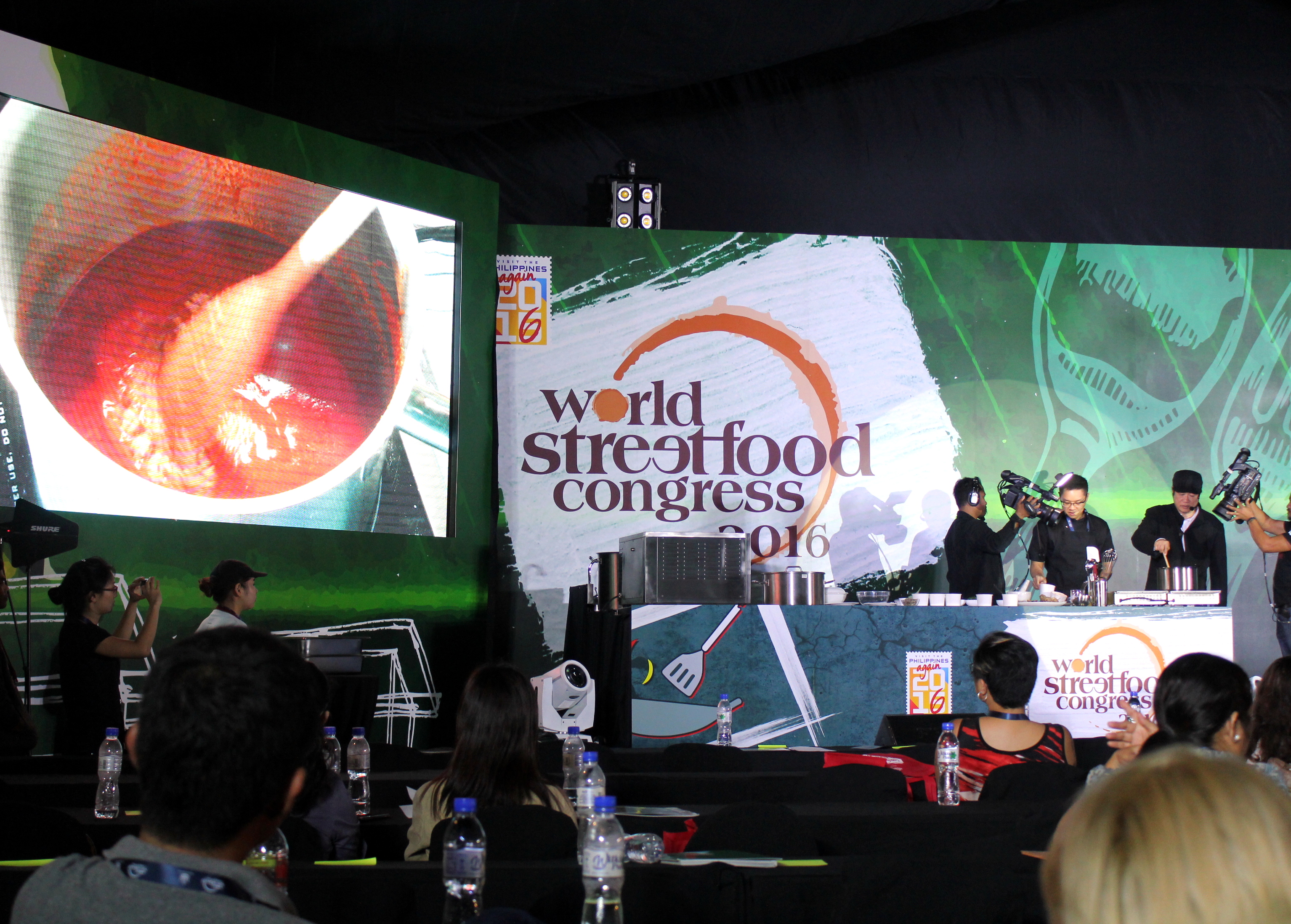
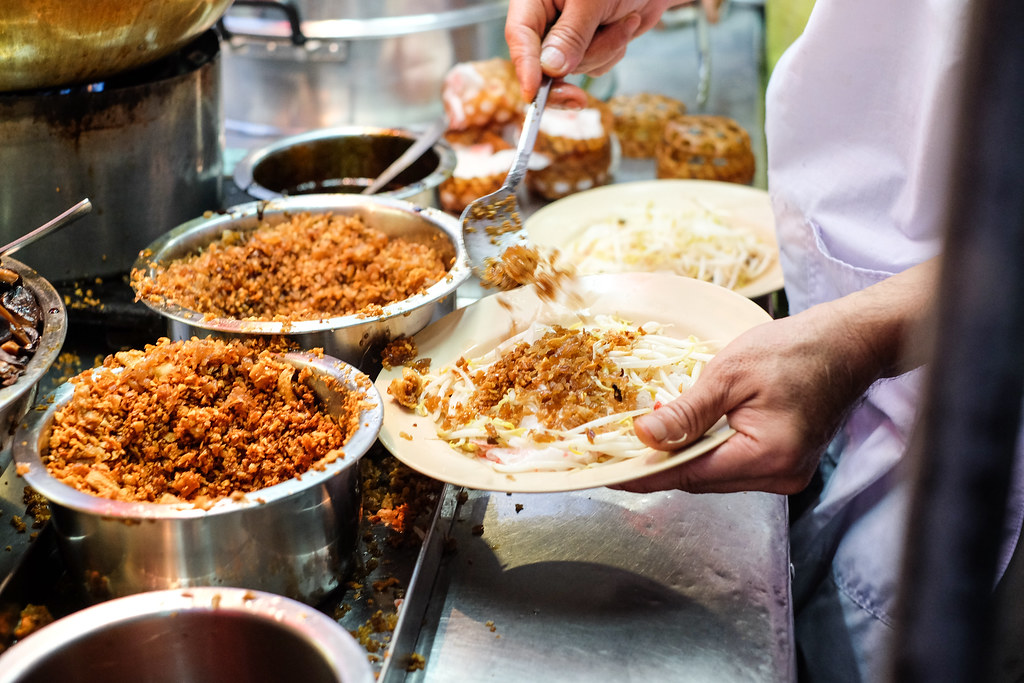

Heritage street food is getting increasingly popular not just within the Southeast Asian countries yet includes America, United Kingdom and even South Africa and more. Nowadays, even top chefs around the world have started participating in hawker and pop-up stations to offer comfort heritage food at more affordable prices.
Street food is a brand. When you think of Thailand, you know what flavours come to mind.” – KF Seetoh
As time went by, these dishes have become iconic and beloved by the masses. These recipes passed down from generation to generation are now perceived as being authentic and traditional. Attracted to the comforting flavours of home, heritage street foods has become a big part of the culinary culture of the world. Each dish has a different identity and people find it enjoyable and easy to bond with. Heritage street food is more meaningful as you’re actually eating someone’s culture on a plate.

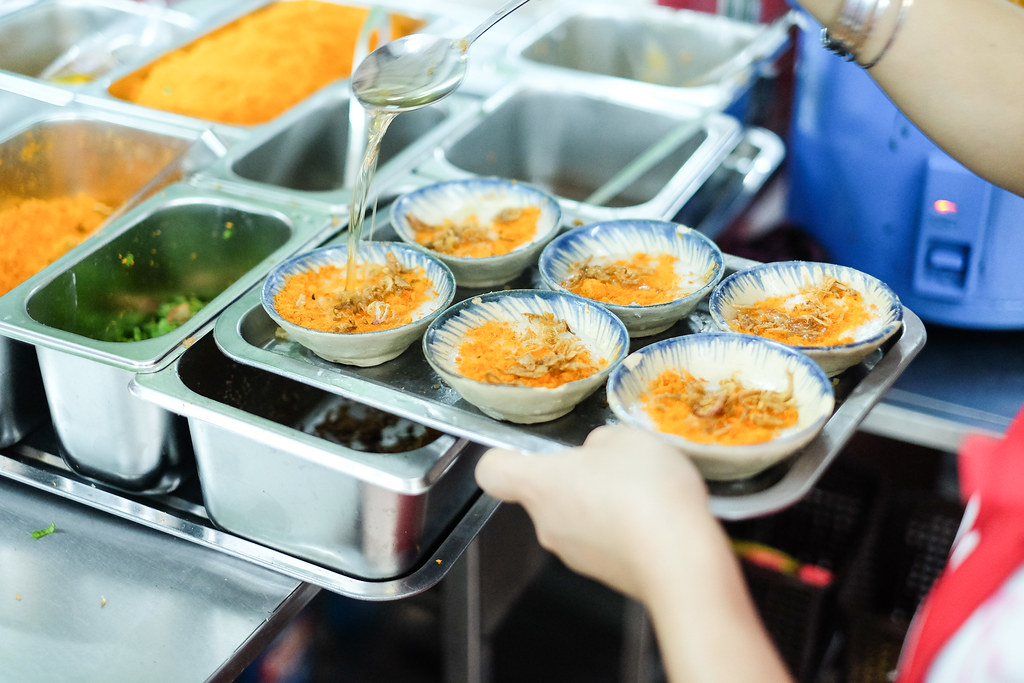

WSFC’s Dialogue session invites distinguished foodie guests from worldwide to share their insights on the heritage street food culture. Chefs from participating countries will showcase their culinary talents by demonstrating their cooking skills live.
Why Philippines, you ask? Because street food has long been a favourite of almost every Filipino. Whether it’s a stick of isaw (chicken or pig’s intestine), a bowl of beef pares (braised beef) with rice, or a couple of pieces of banana cue (saba banana on a stick) or turon (banana fritters), it’s hard not to find a Filipino who hasn’t tried street food.
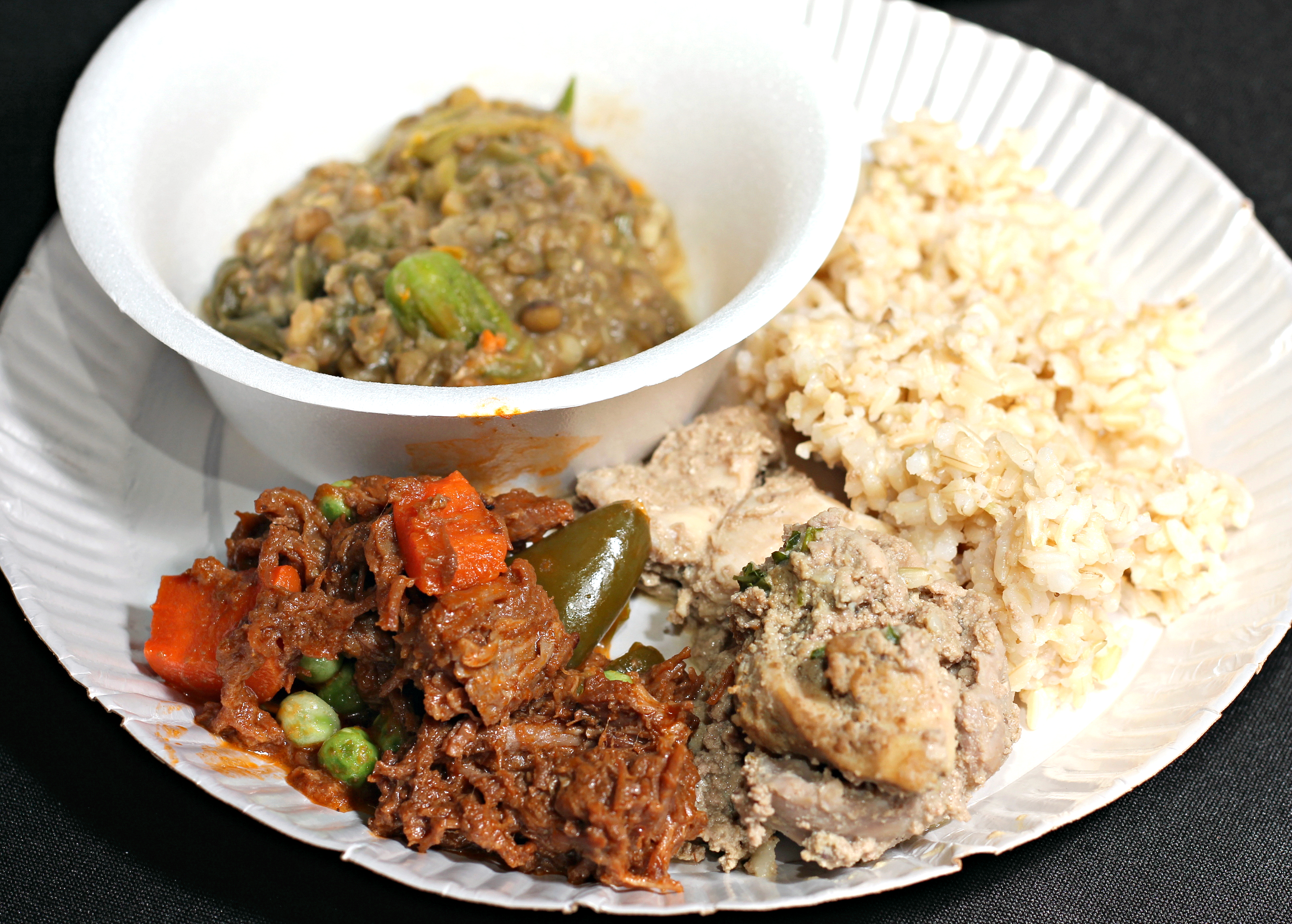
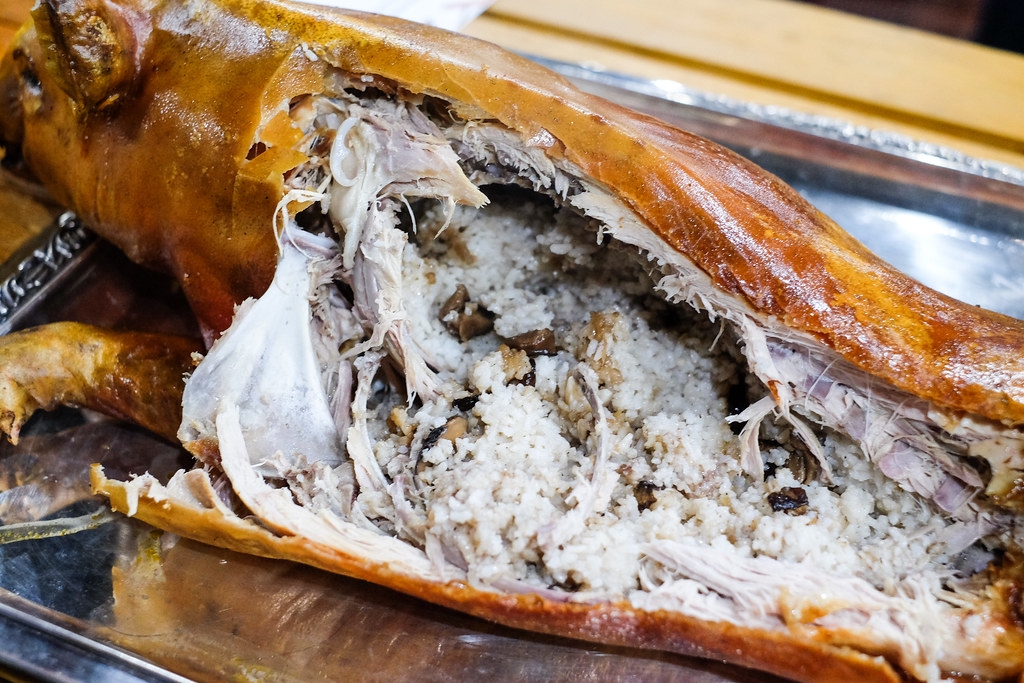
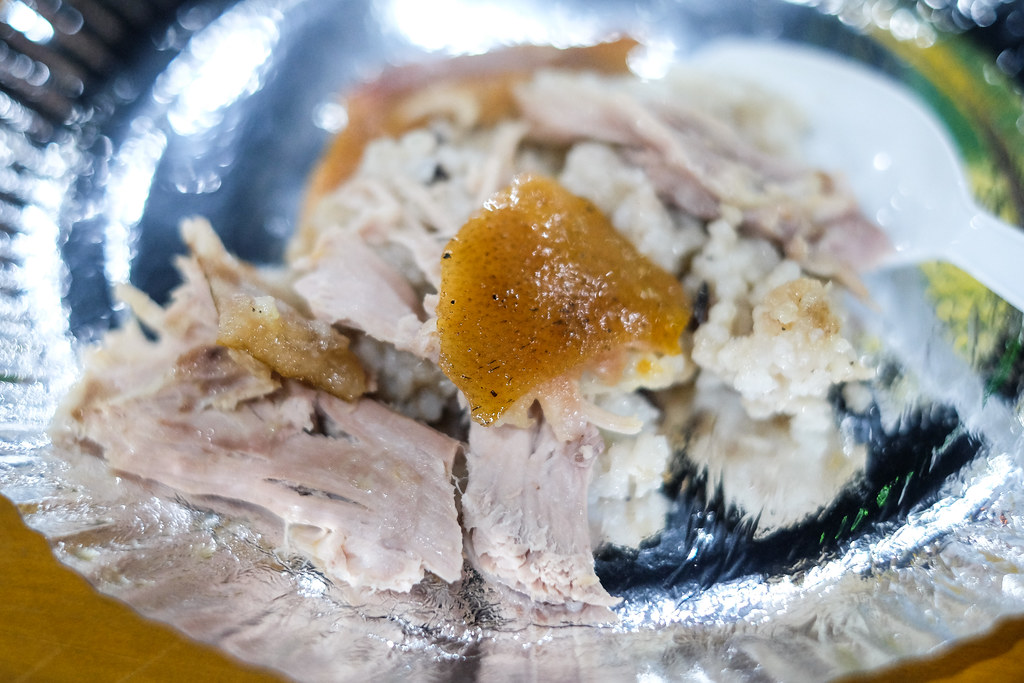
Molecular era is out, post advant-garde movement is in. It’s not about techniques anymore, we are talking about origins and heritage. – Anton Diaz, founder of Our Awesome Planet, one of the most influential food and travel blogs in the Philippines.
Voted by CNN as one of the most exciting culinary citied to watch, Philippines has a dynamic food heritage inherited from its native flavours and the many world culinary concepts. Their food culture is influenced from Indonesian, Chinese, Spanish, American and even Japan. Based on statistics of having a median age of 24 years old and having 50% of their population accessing the Internet, there is a boom of food halls, food parks and food courts.
READ: 10 Good Places to Eat in Manila, Philippines
It is in the interest of the tourism agencies to place the Philippines on the world food map and generate new possibilities for their army of talented heritage chefs and cooks to contribute to the industry. One good example is Mercato night market which is a smorgasbord of the best home-based food in Manila. There is an increase in young hawkers as they are readily nurtured into possessing skills that will bring their heritage street food culture to new heights.
Street food is making food accessible for everybody, in terms of prices and location. – Chef Sau Del Rosario, Philippines
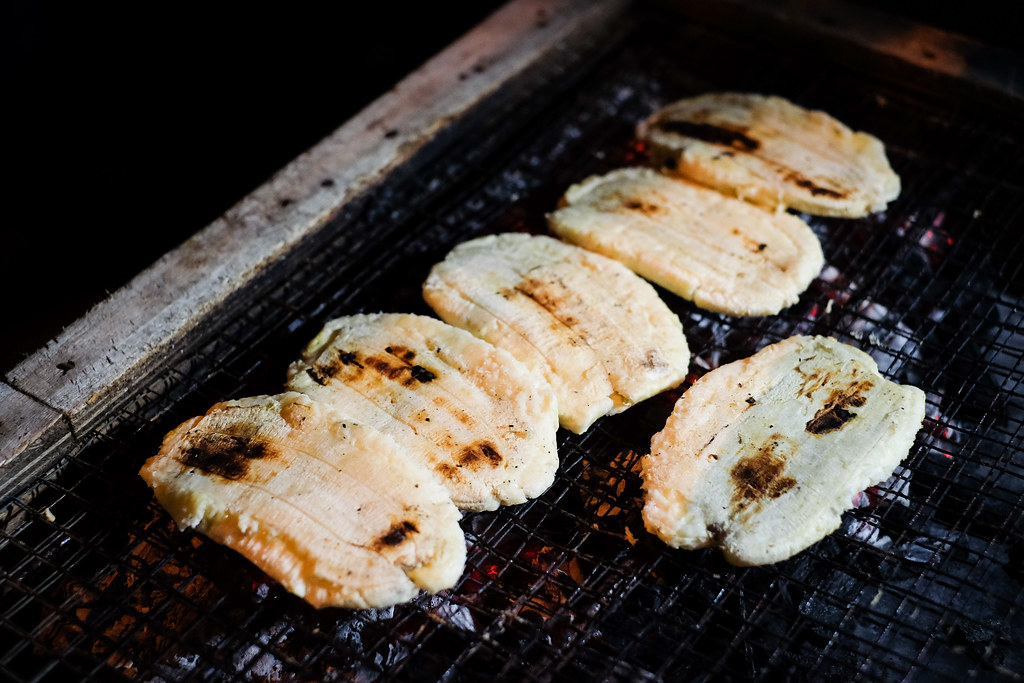

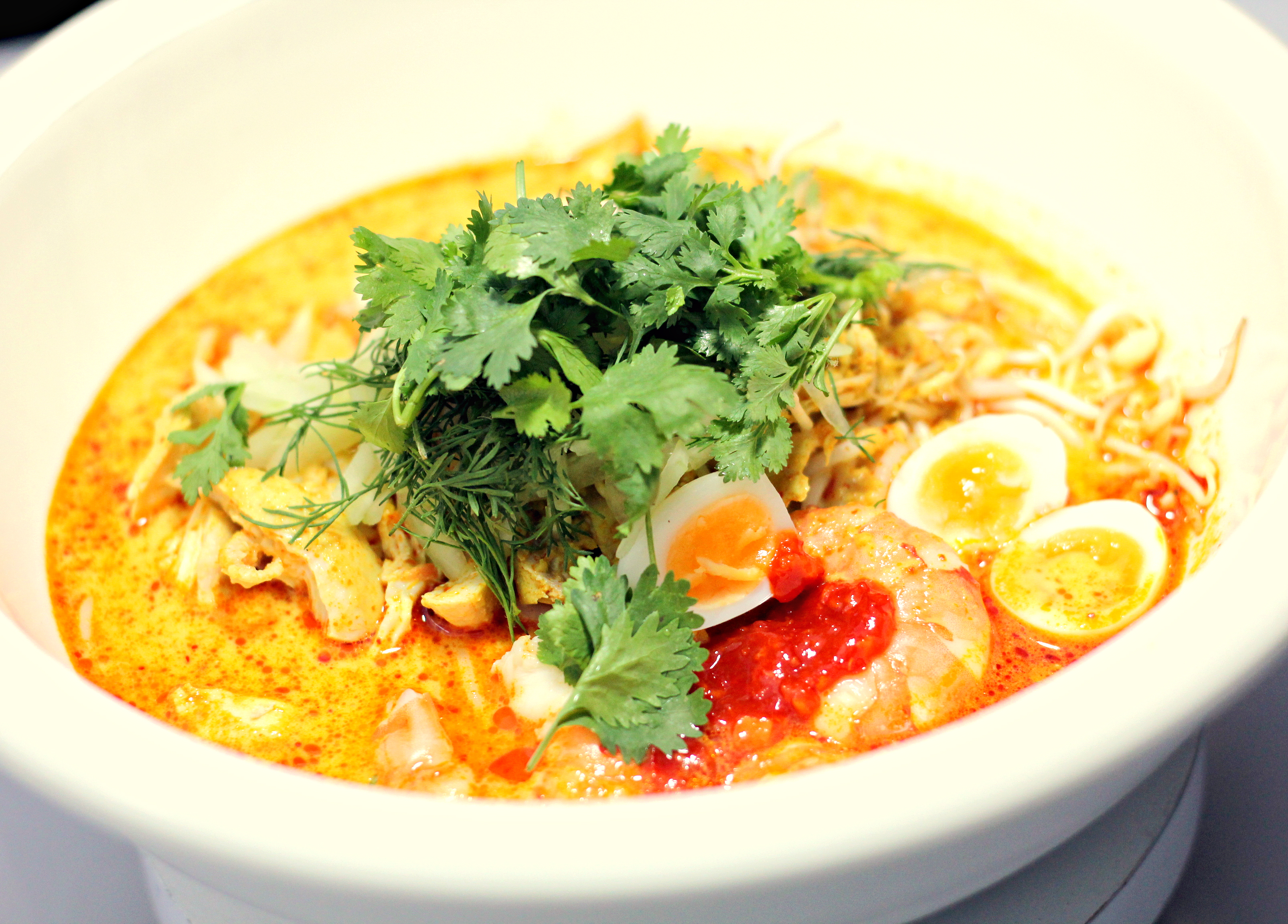
Approximately 60% of the hawkers are above the age of 55. By the next 10 to 15 years, the hawker population will shrink. ” – Richard Tan, former Director of the Hawker Centres Division of the National Environment Agency in Singapore
Moving on to the comforting flavours of home, there has been much talks about the preservation of hawker heritage in Singapore. By 2025, 20 new hawker centres will be built. However, building a hawker centre is easy, but finding new hawkers is hard. If the younger generation doesn’t take over, these traditional and authentic recipes will disappear for good. Hence, the challenge for Singapore is to get young people to be interested in food and start crafting out a career in this industry.
Thankfully, we are starting to see hipster hawker centre appearing in Singapore with the opening of Timbre+ offering hawkers and restaurant owners with a trendy place to do their business. Individual party such as Keng Eng Kee has opened a new outlet in Pandan Gardens selling progressive zi char, catering to a younger generation.
Another initiative that impressed us was Ci Yuan Hawker Centre with at least 20 of the 40 cooked food stalls going through Fei Siong Food Management’s Entrepreneurship program. This two-month training programme pairs retiring hawkers with budding entrepreneurs, teaching them how to cook and manage business. I am happy to know that there are companies who are actually finding ways to preserve our hawker heritage.
READ: What does Singapore Street Food mean to you?
World Street Food Congress is really an eye-opening experience, one that allows participants to gain knowledge and insights into the colourful culinary world while enjoying the experience of savouring heritage street foods from around the world. .
In addition to the dialogue, 25 top street food chefs and vendors/hawkers from around the world will descend onto Bonifacio Global City from 20 to 24 April 2016 for the World Street Food Jamboree. They include household names from India, China, Indonesia, Malaysia, Vietnam, USA, Thailand and Singapore. Stay tuned for our next post on 10 Things You Must Try in World Street Food Jamboree or check out http://wsfcongress.com/ for more information.



